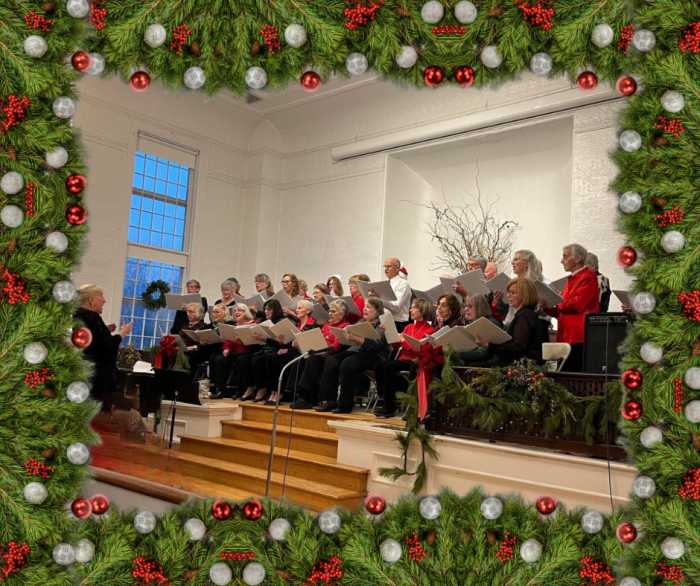For many Jewish families, Rosh Hashanah, the Jewish New Year, is as much about what’s on the table as it is about reflection and renewal. For Erika Kay of New Hyde Park, the foods she serves during the two-day holiday symbolize hopes for sweetness, abundance and fresh beginnings.
“To welcome the new year, my family always has the traditional challah bread,” Kay said. “And rather than a braided one, which is used for the Sabbath, a round one is eaten on the New Year — it’s the circle of life.”
That circular challah is a central feature at her family’s gatherings. While Kay doesn’t usually bake it herself, she makes sure to find a quality loaf, whether from a neighborhood bakery like Buttercooky Bakery in Floral Park or a supermarket like Shop Rite in New Hyde Park.
“With the challah bread … we dip it in honey,” she said. “That’s a big factor in the new year, because we want it to be a sweet new year.”
The tradition of dipping challah and apples in honey is one of the most recognizable customs of Rosh Hashanah, symbolizing a sweet future.
“At times, I like to find locally sourced honey, but my family is not particular about the honey, whether it is from the grocery store or a local honey producer,” Kay said. Locally sourced honey can be found at places like Queens Farm in Floral Park and HoneyGramz in Great Neck, but there are dozens of other places across Long Island that sell regional honey.
While honey and challah are staples, Kay said fruits also play a symbolic role. Apples, she explained, represent everyday sweetness, while pomegranates, with their many seeds, signify abundance.
“Apples and honey are the main thing,” she said. “And the pomegranates are the seeds … that’s the first night.”
Rosh Hashanah, which begins in 2025 sundown on Sept. 22, is observed over two evenings, and food traditions shift slightly between them.
“The first night you would partake in the apples and honey and the pomegranate,” Kay said. “Whereas the second night, you would add a new seasonal fruit, something you might not ordinarily eat, like a kiwi or starfruit. Sweet and new is a theme.”
Though some Jewish holidays center around large, elaborate meals, Kay said Rosh Hashanah can be more flexible. Families might gather on one night at a relative’s home, then attend a different dinner the following evening.
“Rosh Hashanah is as big or small a celebration as you want it to be,” she said.
Still, food brings people together in meaningful ways. Kay said she cherishes meals that span generations.
“I like it when there are multi-generations there for cultural celebrations–my mom and my children,” she said.
She also enjoys sharing her family’s traditions with people from different backgrounds.
“I like inviting people who are of a different faith, so they can see what it’s about and enjoy,” she said. “Just like I might go to Christmas Eve … I love to share in traditions like that, and have somebody who is not of my faith come and partake.”
Though her family is not overly observant, Kay said they find deep meaning in continuing these customs.
“My family is more cultural and spiritual; however, we enjoy the traditions and the holidays as much as someone else who might practice their faith more,” she said. That sense of balance — honoring traditions without strict religious practice — shapes the way her family celebrates.
The foods of Rosh Hashanah are not only symbolic but also practical, allowing families to adapt traditions to their own lives and communities. In every case, the foods at her table are reminders of sweetness, new beginnings and the importance of gathering. For Kay, those small rituals carry forward the meaning of the holiday and tie her family to generations past.
“It’s nice when you can share food, stories and traditions,” she said. “That’s what makes Rosh Hashanah special.”



































